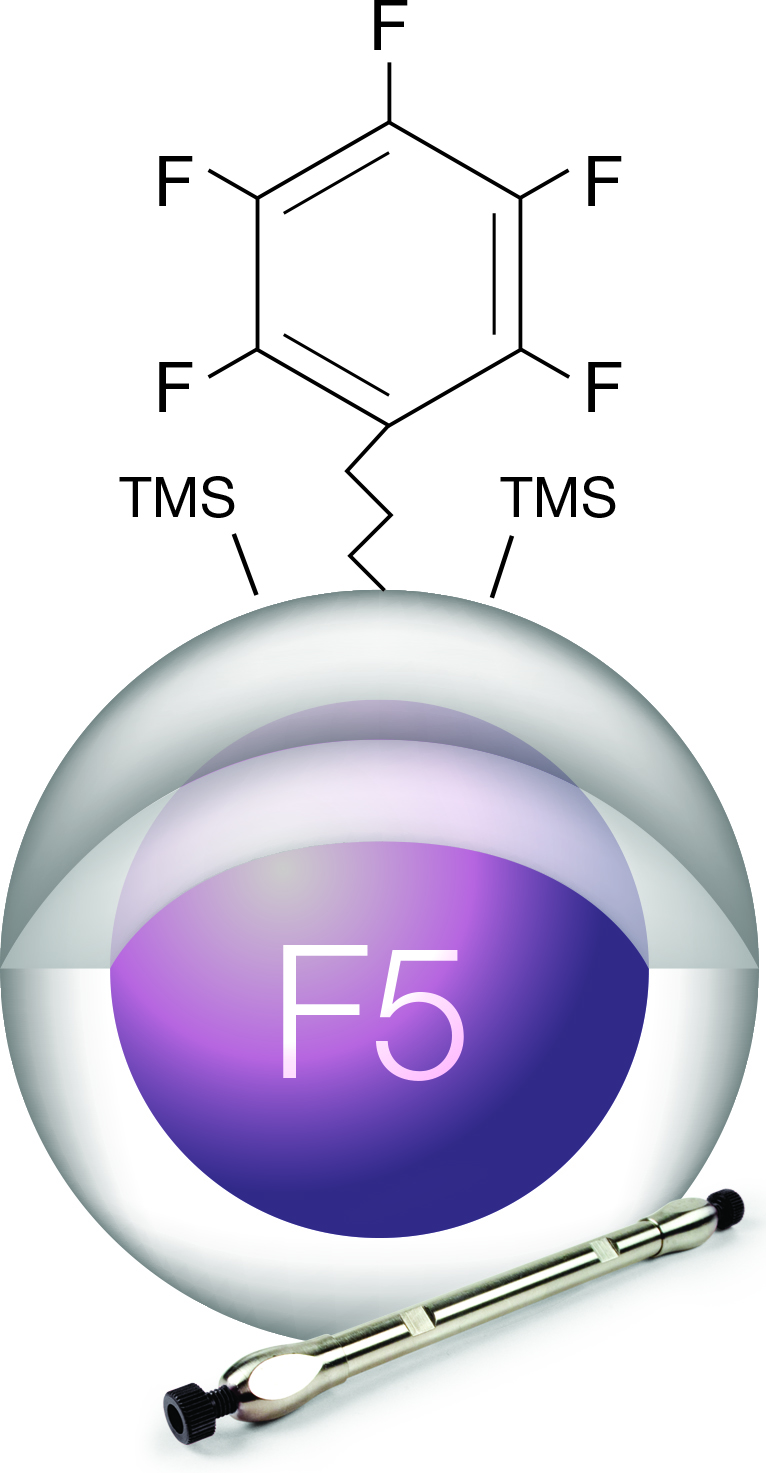

The use of columns packed with core-shell particles in different types of liquid chromatography is then discussed, followed by illustrating example applications of such columns for separation of various types of samples. The core-shell particles are compared with totally porous silica particles and also monolithic columns. The fundamentals are discussed on why core-shell particles can perform better with low back pressure, in terms of van Deemter equation and kinetic plots. They are unique because of their easily modular properties, which are a result of their size. In this review, we firstly show the types of core-shell particles and how they are generally prepared, focusing on the methods used to produce core-shell silica particles for chromatographic applications. Coreshell semiconducting nanocrystals ( CSSNCs) are a class of materials which have properties intermediate between those of small, individual molecules and those of bulk, crystalline semiconductors. Coreshell semiconducting nanocrystals (CSSNCs) are a class of materials which have properties intermediate between those of small, individual molecules and. The intensities decreased with increasing calcination temperature because the redox reaction gradually reduced degree of crystallization of the ZnO core. In recent years, core-shell silica microspheres (with a solid core and a porous shell, also known as fused-core or superficially porous microspheres) have been widely investigated and used for highly efficient and fast separation with reasonably low pressure for separation of small molecules, large molecules and complex samples. The core-shell, wire-in-tube and nanotube structures were obtained after calcination at 650 C, 700 C and 750 C, respectively, with peaks similar to those of ZnO-PI. Fast separation often results in very high operating pressure, which places a huge burden on HPLC instrumentation. They always do an excellent job, and I eagerly await seeing the scans.The challenges in HPLC are fast and efficient separation for a wide range of samples. We shipped the film to Blue Moon Camera for developing and scanning. You can test the limits, and it always delivers. It is why I have such an affinity for both Ilford Delta 100 and 400.
CORE SHELL FREE
Feel free to push it to 400 with the confidence of knowing you will still enjoy its lovely contrast. Ilford Delta 100 is still as malleable as you remember. Most images will come out nearly perfect when using a light meter. The 120 film exposures were excellent in natural light and studio settings. It is an easy correction with photo editing once you get your film scans back if you choose to fix it. There is only so much you can control with a point-and-shoot camera like that. A few frames captured with the Kodak Ektar H35 were slightly over-exposed or under-exposed as the lighting conditions changed. Coaxial electrospinning is an effective, fast and controlled technique to construct core-shell nanostructures into nanofibers (Li et al, 2004 Zhang et al. I photographed with the Ilford Delta 100 at box speed. The film was developed and scanned by Blue Moon Camera in Portland, Oregon. We tested 35mm and 120 Ilford Delta 100 film with a Hasselblad 501cm, Kodak Ektar H35, Sekonic light meter, and Broncolor lighting. If you don’t have steady hands, you will need a tripod in low light.We are giving Ilford Delta 100 five out of five stars. Want to check it out for yourself? A 36-exposure roll of 35mm film is priced at $10.25, while the 120 option is $7.80.


 0 kommentar(er)
0 kommentar(er)
